-
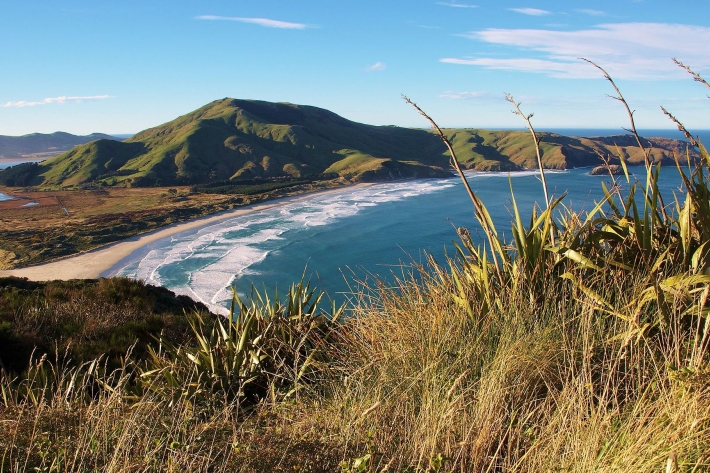
Summer Series week 5: Life's a beach
Media release16 January 2017Six scientists reveal their favourite beaches but also observe how they’re changing. -

Hotspot Watch for 12 January 2017
Hotspot12 January 2017An update describing soil moisture across the country to help assess whether severely to extremely dry conditions are occurring or imminent. -
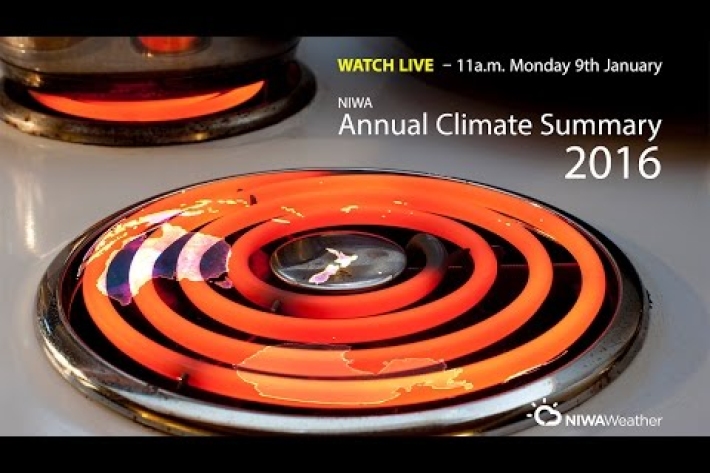
NIWA's Annual Climate Summary Media Conference
Watch live as NIWA climate scientists present the NIWA 2016 Annual Climate Summary. -
Summer Series week 4: Scientist keeps cool head on the ice
Media release06 January 2017Top of Natalie Robinson’s to-do list right now is to work out exactly what she’s brought back from Antarctica. -
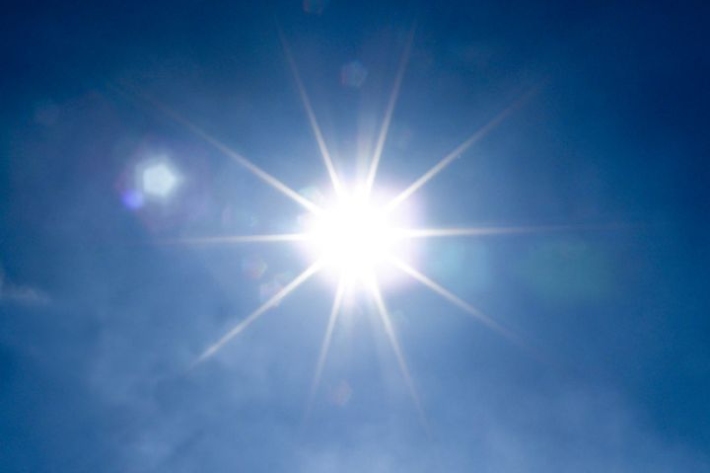
NIWA's Annual Climate Summary Media Conference
Event06 January 2017NIWA climate scientists present the NIWA 2016 Annual Climate Summary. -
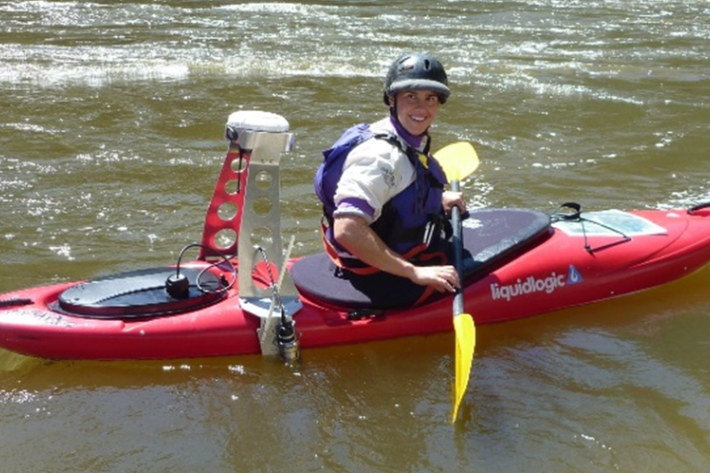
Geomorphology influences periphyton abundance
Research ProjectThis research project investigated whether the mechanisms for periphyton removal in rivers relate more directly to hydraulic and geomorphic conditions than flow metrics. -

Hotspot Watch for 5 January 2017
Hotspot05 January 2017An update describing soil moisture across the country to help assess whether severely to extremely dry conditions are occurring or imminent. -

Summer Series week 3: Above and beyond, a voyage in the pacific
Feature story02 January 2017A NIWA technician spends four days and three nights on a crowded boat heading to one of the most remote places in the Pacific to help install a weather station. Conditions are so arduous he decides to quit his job - but how do you do that in the middle of the ocean? -
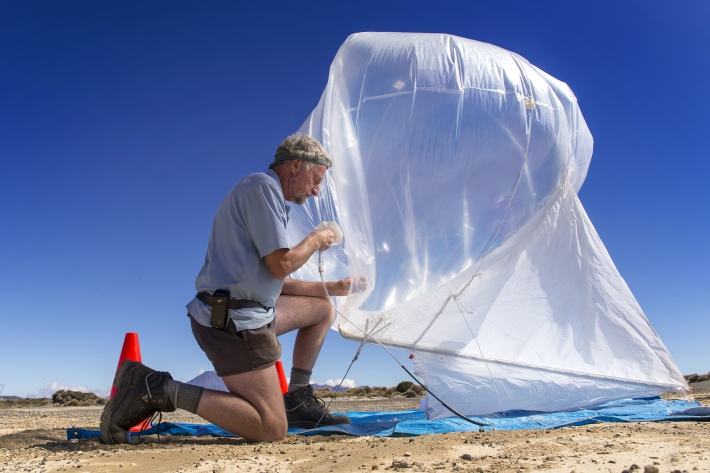
Summer Series week 2: Scientists set up offices in the great outdoors
Media release26 December 2016Summer is for scientific fieldwork. Three NIWA scientists are heading into the wild blue yonder, some with fancy technology and others with a coffee cup and a bag of party balloons. -

Monitoring and maintenance of kōura
Once you have identified the problem, and applied the necessary tools for restoring kōura to your stream, the next phase of your project is to monitor the site to see whether restoration works. -

Applying the right tools to restore kōura to lakes and streams
The tools available for restoring kōura to lakes and streams depend on what is causing kōura to decline. -

Hotspot Watch for 21 December
Hotspot21 December 2016An update describing soil moisture across the country to help assess whether severely to extremely dry conditions are occurring or imminent.
